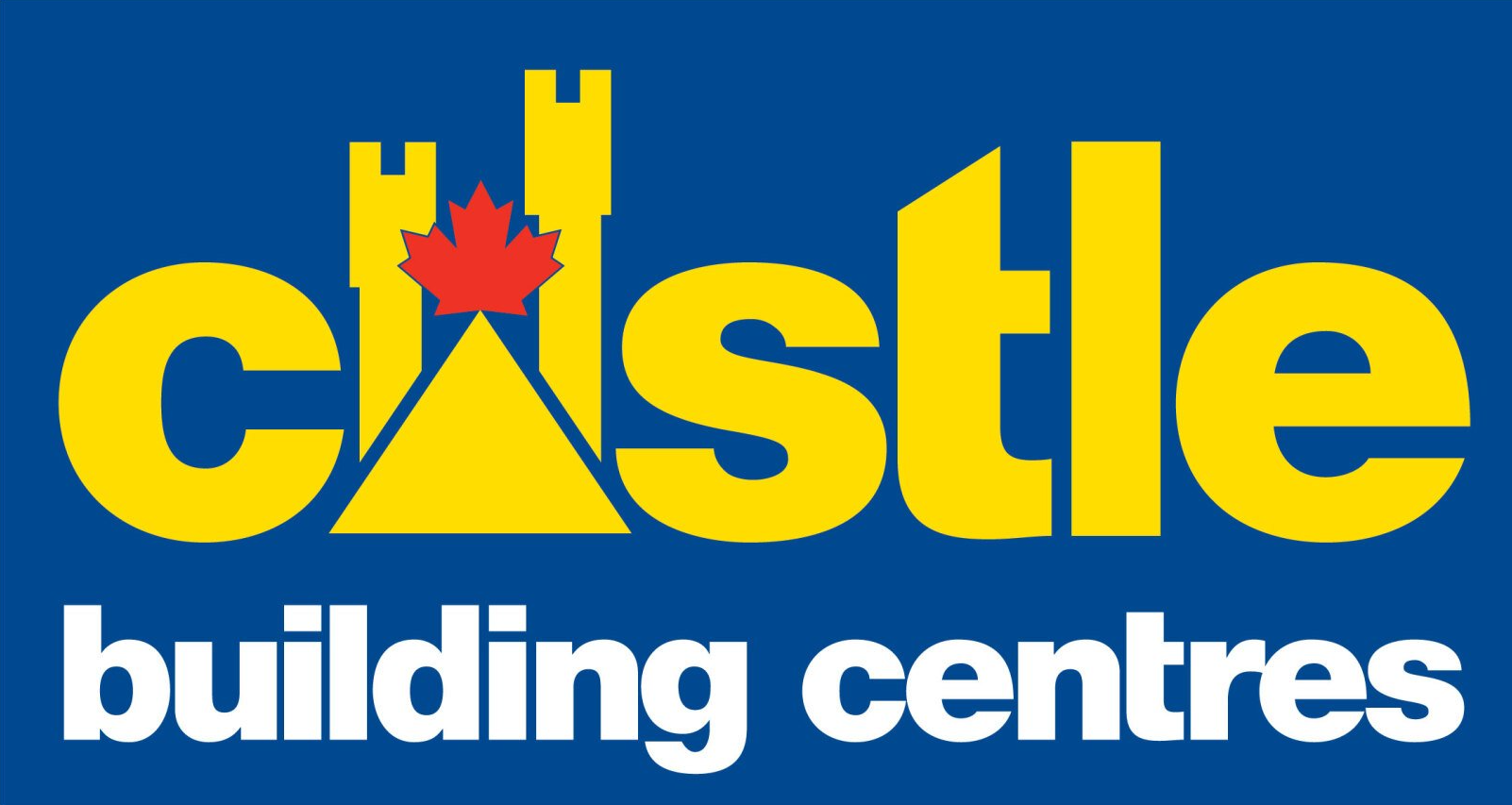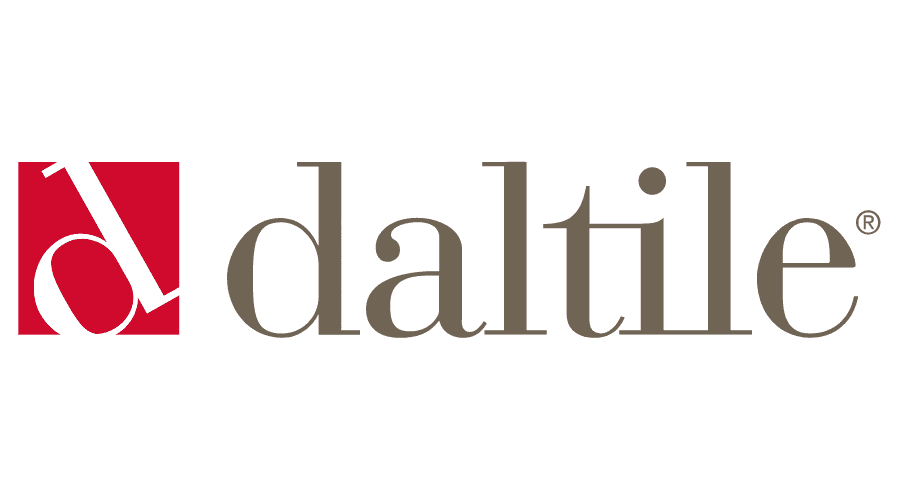Laminate Flooring
Laminate floors are reasonably easy for a do-it-yourself homeowner to install. Laminate flooring are packaged as a number of tongue and groove planks - these can be clicked into one another. Installed laminate floors typically "float" over the sub-floor on top of a foam/film underlayment, which provides moisture and sound-reducing properties. A small (1-10mm) gap is required between the flooring and any immovable object such as walls, this allows the flooring to expand without being obstructed. Baseboards (skirting boards) can be removed and then reinstalled before and after laying of the flooring is complete for a neater finish, or small beading trims can be fitted to the baseboards (skirting boards). Saw cuts on the planks are usually required at edges, and around closet and door entrances.
Care It is important to keep laminate clean, as dust, dirt and sand particles may scratch the decorative surface over time in high-traffic areas. It is also important to keep laminate relatively dry, since sitting water/moisture can cause the planks to swell, warp, etc, though some brands are equipped with water-resistant coatings. Water spills aren't a problem if they're wiped up quickly, and not allowed to sit for a prolonged period of time. Adhesive felt pads are often placed on the feet of furniture on laminate floors to prevent scratching. The above information was supplied by Wikipedia.
LVT (Luxury Vinyl Tile)(and Plank)
Hardwood
For flooring, solid wood has many limitations due to the natural characteristics of wood. Expansion and contraction of wood from moisture and temperature fluctuation puts many dimensional restrictions on solid wood floors. Typically, 5" wide and 3/4" thick boards are the largest that can be manufactured from solid wood without compromising the structure of the flooring (some manufacturers produce wider boards using proprietary milling techniques). There is, however, no standard size which will perform well in every environment. For contemporary construction techniques, the most significant characteristic of solid wood floors is that they are not recommended to be installed directly over concrete.
Click on the Bruce logo to view various designs. The colours change often. It is recommended that you view our showroom samples before ordering. Our sales specialists will help you with your decision and give you a cost.
Engineered Wood
Engineered wood is the most common type of wood flooring used globally. North America is the only continent that has a larger solid wood market than engineered, although engineered wood is quickly catching up in market share. A subcategory of engineered wood flooring is acrylic impregnated wood flooring. This product utilizes a real wood veneer that is impregnated with liquid acrylic and then hardened using a special process. Non impregnated Northern Red Oak typically tests at 1,290 on the Janka hardness scale and acrylic impregnated Northern Red Oak typically tests at 2,286 and 4,786 on the Janka hardness scale . Acrylic impregnated engineered wood flooring is normally used in high traffic interior spaces that require a high level of dent and wear resistance.
Comparison of solid wood and engineered wood
It is very difficult to compare a solid wood floor to engineered wood floors, as there is a wide range of engineered wood floor qualities. There are several limitations on solid hardwood that give it a more limited scope of use: solid wood should not be installed directly over concrete, should not be installed below grade (basements) and it should not be used with radiant floor heating. Solid hardwood is also typically limited in plank width and is more prone to "gapping" (excessive space between planks) and "cupping" (a concave or "dished" appearance of the plank, with the height of the plank along its longer edges being higher than the centre) with increased plank size. Solid wood products, on average, have a slightly thicker 'sandable area' (the wood that is above the tongue), and can be installed using nails. Lastly, solid wood tends to be less expensive than engineered wood, but this, as with the 'sandable area,' depends on the quality of the engineered wood (most inexpensive engineered wood products are 'veneer' wood floors, and not 'engineered'). In many installations, however, engineered flooring can only withstand a limited number of sandings, versus solid wood, which can be sanded many times. The installation costs of engineered flooring are typically lower than solid flooring. Engineered wood flooring has several benefits over solid wood, beyond dimensional stability and universal use. Patented installation systems (such as "unilin" or "fiboloc") allow for faster installation and easy replacement of boards. Engineered wood also allows a 'floating' installation (where the planks are not fastened to the floor below or to each other), further increasing ease of repair and reducing installation time. In general engineered wood panels are longer and wider than solid planks. The top surface of solid and engineered flooring, have the same properties of hardness and durability. The development of "structural" engineered flooring now means engineered floors (often with 1/4 inch lamellas and birch ply backing)can be nailed directly over joists without the need for plywood sub-flooring. The above information was supplied by Wikipedia.
We special order engineered flooring. It takes less than a week to come. We primarily source it from Goodfellow and Taiga. Click on the logos below to navigate there. Their websites have colours but it is recommended that you view our showroom sample before ordering.
Tile and Backsplash Tiles
Ceramic Tile Underlayments Schluter®-DITRA-XL
Schluter-DITRA-XL is a polyethylene membrane with a grid structure of square cavities, each cut back in a dovetail configuration, and an anchoring fleece laminated to its underside. Schluter-DITRA is bonded to the substrate using thin-set mortar. The anchoring fleece on the underside of Schluter-DITRA-XL is engaged in the mortar to provide a mechanical bond to the substrate. Tile is installed over Schluter-DITRA-XL using the thin-bed method in such a way that the mortar becomes mechanically anchored in the square, cutback cavities of the Schluter-DITRA-XL matting.
Designed specifically for ceramic tile and dimension stone installations, Schluter-DITRA-XL serves as an uncoupling layer, waterproofing membrane, and vapor management layer that accommodates moisture from beneath the tile covering. Further, DITRA-XL performs all these functions while still providing adequate support/load distribution for the tile covering.
a) Uncoupling
Tile has been successfully installed for thousands of years by incorporating an uncoupling layer, or forgiving shear interface, within the tile assembly. Schluter-DITRA-XL provides uncoupling through its open rib structure, which allows for in-plane movement that effectively neutralizes the differential movement stresses between the substrate and the tile, thus eliminating the major cause of cracking and delaminating of the tiled surface.
b) Waterproofing
Schluter-DITRA-XL provides reliable waterproofing in interior and exterior applications. Its polyethylene composition protects the substrate from moisture penetration, which is particularly important in today's building environment where most substrates are moisture sensitive.
c) Vapor management
The distinguishing feature of Schluter-DITRA-XL is the existence of free space created by the configured channels on the underside of the matting. The free space provides a route for excess moisture and vapor to escape from the substrate that could otherwise cause damage to the tile layer above. Thus, DITRA-XL effectively manages moisture beneath the tile covering.
d) Support/load distribution
When placed on a solid foundation, columns or pillars can support tremendous loads. The same physical principle applies to Schluter-DITRA-XL installations. Columnlike mortar structures are formed in the cutback cavities of the matting. Loads are transferred from the tile covering through these column-like mortar structures to the substrate. Since DITRA-XL is virtually incompressible within the tile assembly, the advantages of uncoupling are achieved without sacrificing point load distribution capabilities. The ability of DITRA-XL installations to support and distribute heavy loads while preserving the integrity of the tiled surface has been verified through extensive laboratory and field testing.
We also carry the regular Ditra product. If you are unsure about this new way of doing things, ask one of our sales specialists. We also have videos on CD that can help you. This product can also be viewed on the Schluter Corporate Website.
Rustic Pine Flooring- Prefinished
Barricade Subfloor Panels
- Saves on installation time
- Saves money with lower energy costs
- Protects against air infiltration and temperature extreme
- Protects against moisture and mold damage
- Preserves a comfortable basement living environment
Employing 30 years of proven technology, OvrX has developed basement flooring with their special 'X-grooved, insulated panels for the Barricade™ subfloor system. It is the solution to cold basement flooring and provides a comfortable basement living environment.
The BARRICADE™ wall and floor system can be installed as a system or can be installed separately. Together you get the enormous benefit of a barrier that protects your living space and furnishings against:
- Air and water vapor infiltration
- Water flow from foundation leaks, sump pump failures and burst pipes
- Extreme hot and cold temperature transfer through walls and basement flooring
Installing BARRICADE™ under your basement flooring will protect your investment and improve your basement living space. We have these panels in stock.





















